In 2020, like in any other year, the efforts to develop affordable ultra-high-speed cameras, have led to the born of two major models: The Kron Technologies Chronos 2.1-HD, and the Freefly Wave. Both of them are considered affordable, allow the privilege of ultra-high-speed frame rates, and were designed for consumer use. Also, they share similarities, but on the other hand, are very much different cameras. Check out a high-level comparison below.
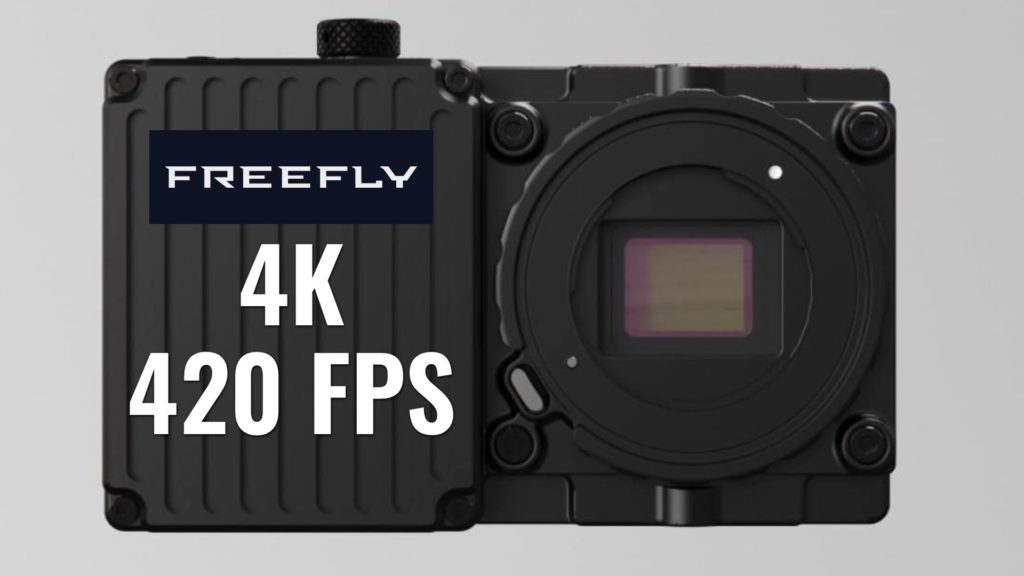
Ultra-high FPS for the masses
The main camera company that specializes in ultra-high frame rate (FPS) imagery is Vision Research with their flagship, the Phantom Flex 4K. This camera is being extensively used in high-end Hollywood productions. Their “low cost” options are in the range of $100,000. Yes, this is the price range for purchasing a Phantom, and I know personally filmmakers that bought them for consumer use. It has to be noted that the utilization of those cameras was primarily designed for scientific research mainly for physics and weaponry development. However, filmmakers (which are very smart people :-)) have discovered the vast advantages and epicness of 1000 fps in their movies, which made a lot of camera companies make some R&D efforts to try and provide these capabilities to the masses. Two major companies that did this are Freefly and Kron Technologies.
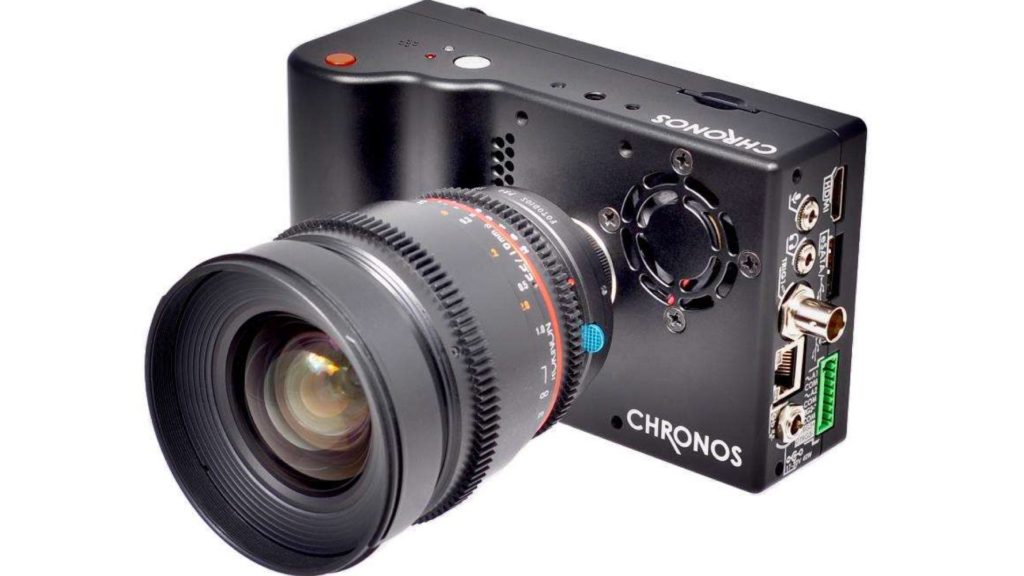
Chronos 2.1-HD: 1,000 FPS, Full HD, for $5,000
Actually, the Chronos 2.1-HD was announced in 2019, but now they are ready for pre-order. Kron is a Canadian high-speed imaging system design and manufacturing company, with a focus on providing a solid, fully-featured product, at an affordable price. Chronos 2.1-HD is a 1080p, 2.1 gigapixel-per- second handheld high-speed camera. It records 1080p video at 1000fps and can record at up to 24,046fps at lower resolutions. Video is saved to removable media in compressed H.264 or uncompressed DNG format.
Wave: 422 FPS, 4K, for $10,000
The Wave has been developed by the company which specializes in camera motion, Freefly. “We designed Wave to be the most efficient high-speed camera. It’s small, light, and insanely fast” stated Freefly. The camera allows shooting more than 400 FPS in 4K, with a sensor that is capable of producing pixel data at up to 37.75Gb/s. According to the company, the Wave is selling like hotcakes, and that’s the sign that there is a demand for affordable HFR cameras.
Chronos 2.1-HD vs. Wave
Although there’s a decent similarity between those two cameras, these are very different products. Explore the slide below which compares these cameras based on their highlights and specs. By judging from the image quality (see videos above), the results are on the same level (excluding the fact that the Wave shoots 4K).
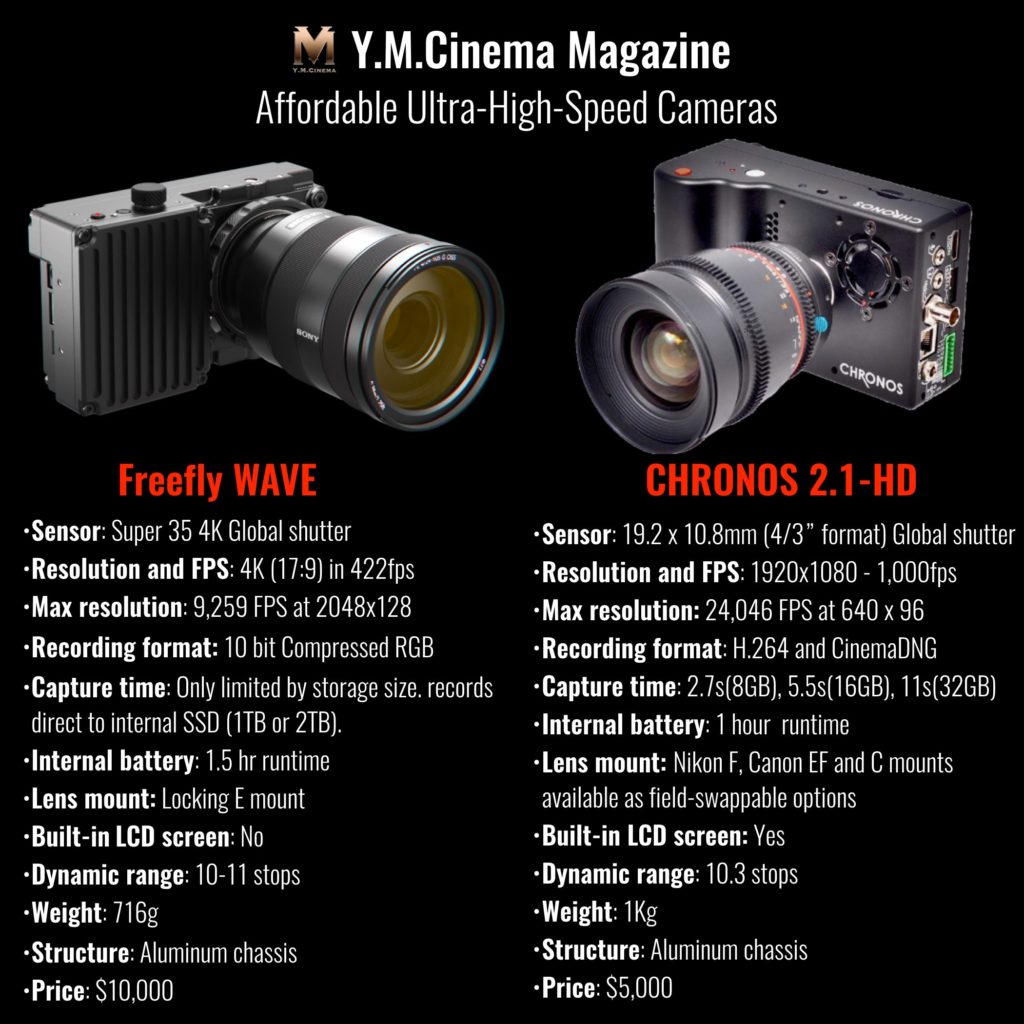
Final thoughts
As explained, there is a valid need in the market for ultra-high-speed consumer cameras. The passion for shooting 1000 FPS and beyond for storytelling is among us, and thus, more R&D efforts being made by major manufacturers and startup companies are welcomed.
Let’s know your insights about those two high-speed affordable cameras. Would you use them in your production? Comment below.

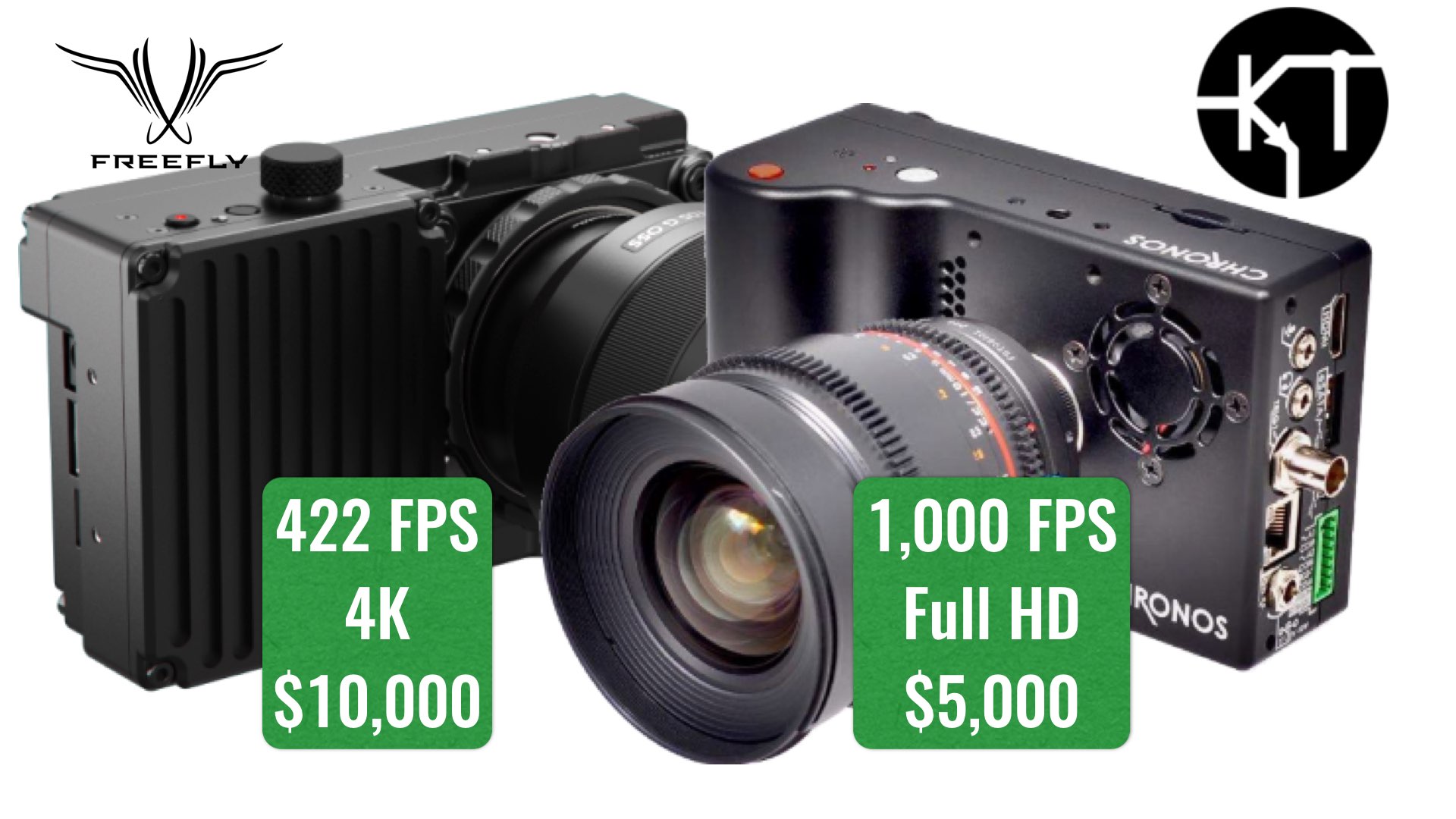


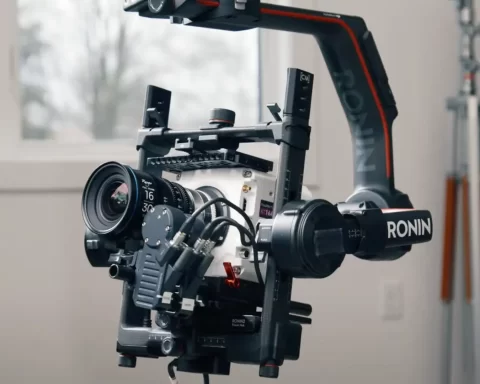
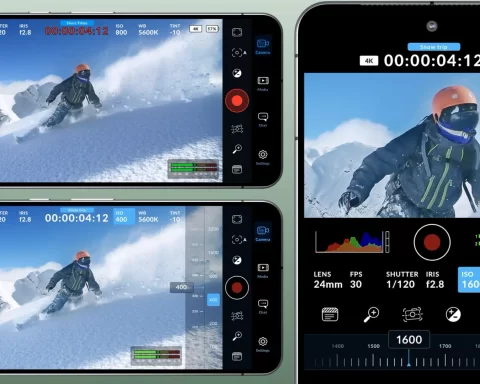
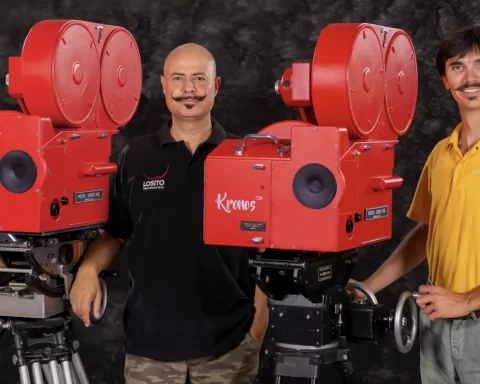
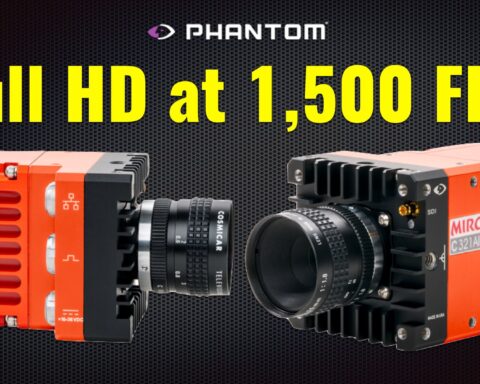

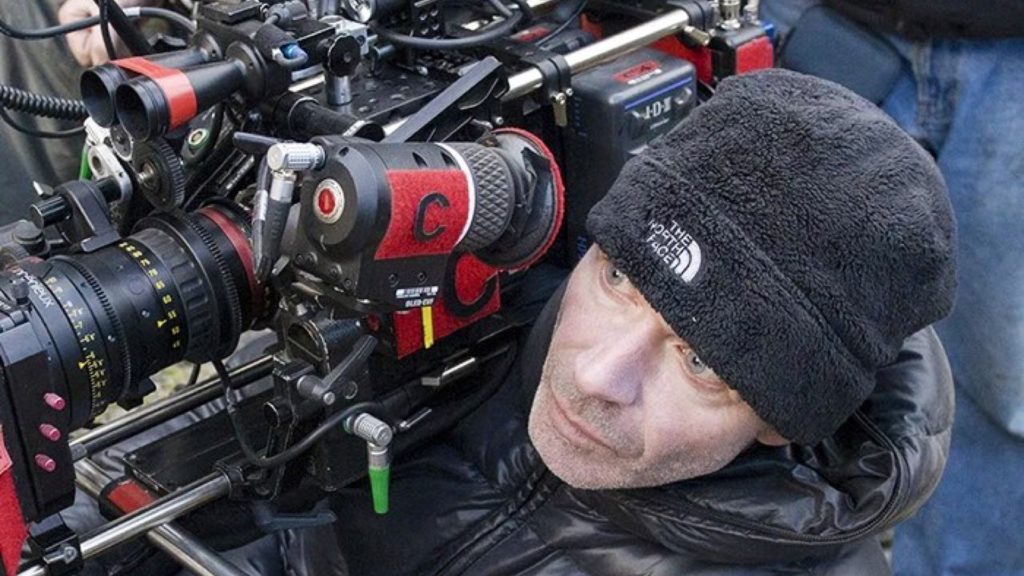
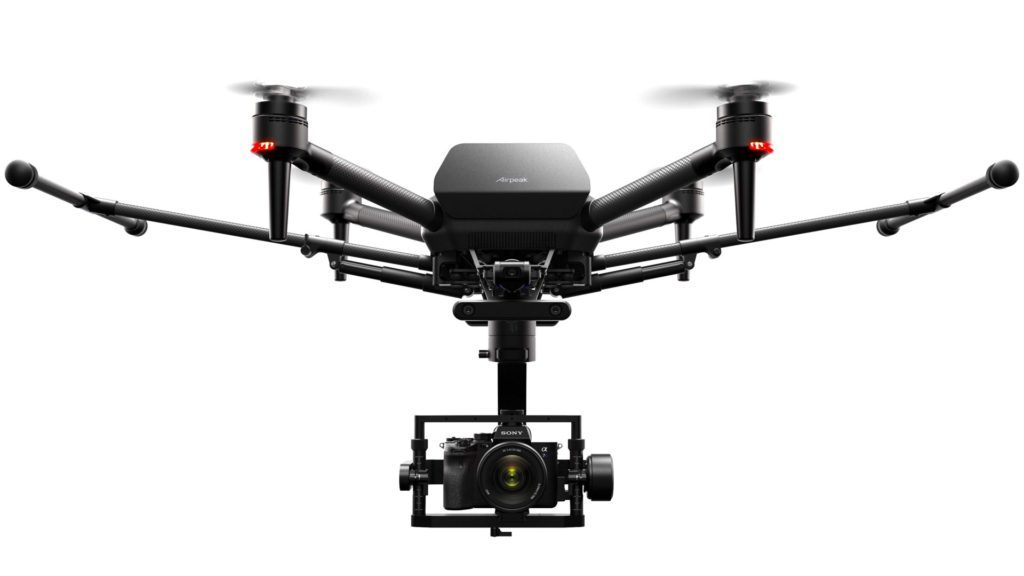

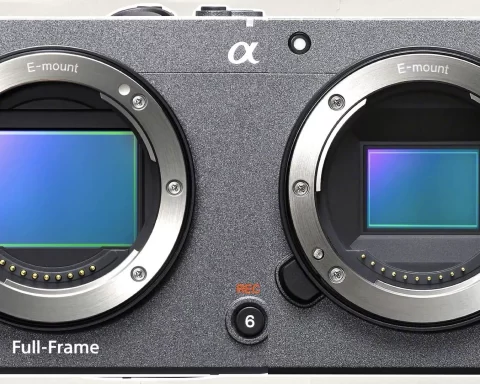
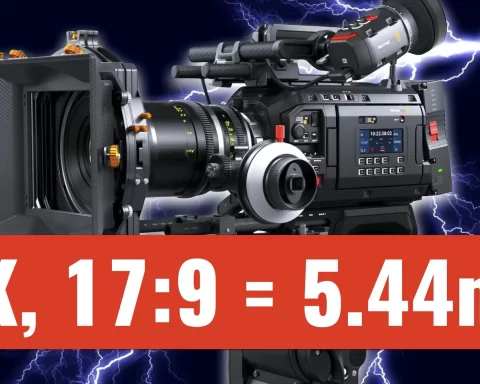
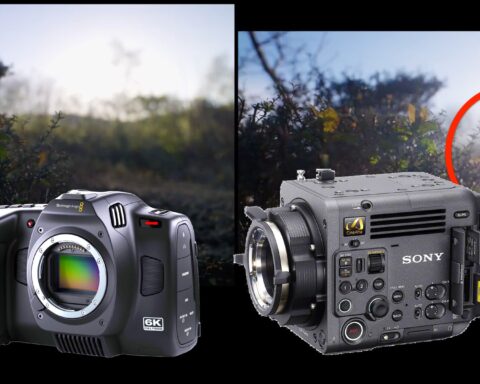
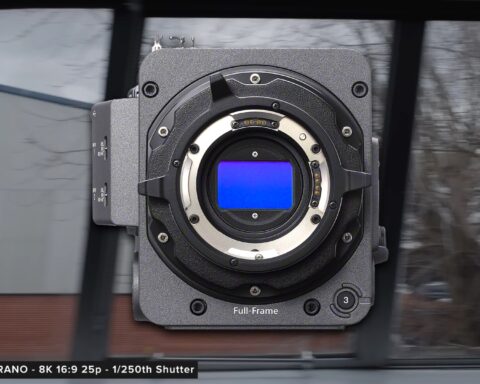

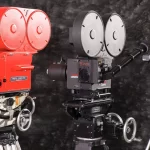
I need a quote for “SMALL BUSINESS SET-ASIDE FOR ONE (1) VERSATILE HIGH SPEED CAMERA”
Quantity: 2